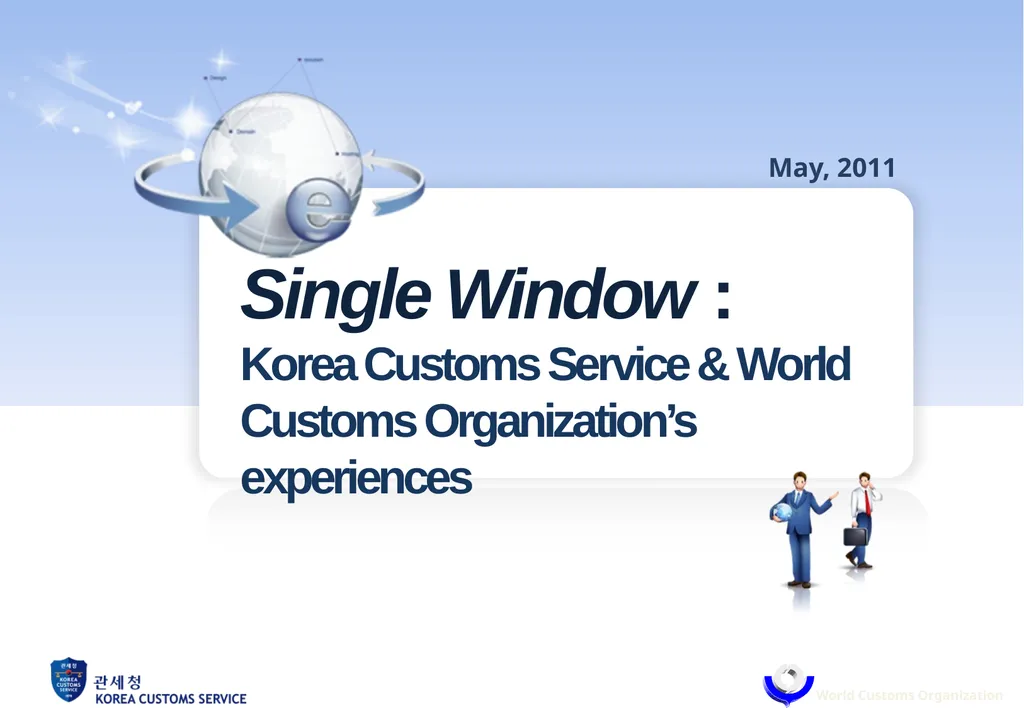
Single Window : Korea Customs Service & World
Author: karlyn-bohler | Published: 2025-05-24
Description: Single Window : Korea Customs Service World Customs Organizations experiences May, 2011 50 million people Contents Introduction of WCO Single Window Concept Updates on SW Environment since 2009 Single Window Survey 2011 Introduction of
Download Presentation
Download the PPT/PDF: Download
Transcript:
Loading transcript…